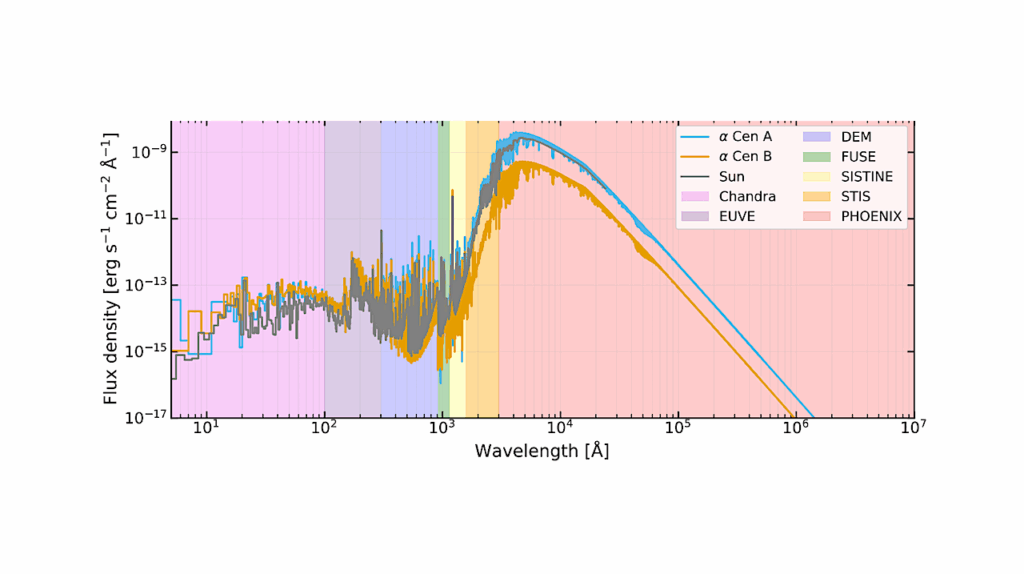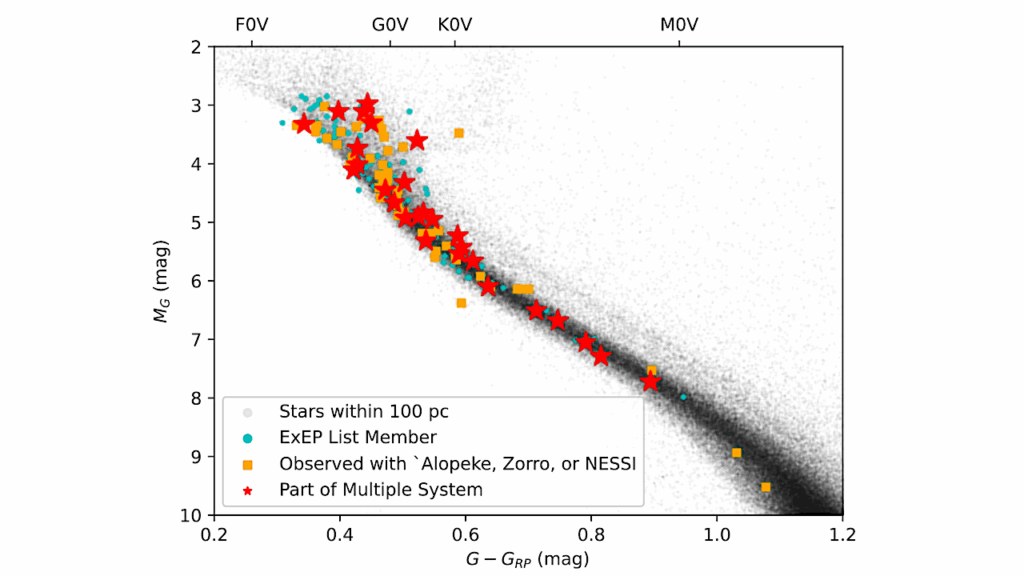Influence Of Biomass Emissions Upon Habitability, Biosignatures and Detectability In Earth-like Atmospheres

We investigate atmospheric responses of modeled hypothetical Earth-like planets in the habitable zone of the M-dwarf AD Leonis to reduced oxygen (O2), removed biomass (dead Earth), varying carbon dioxide (CO2) and surface relative humidity (sRH).
Results suggest large O2 differences between the reduced O2 and dead scenarios in the lower but not the upper atmosphere. Ozone (O3) and nitrous oxide (N2O) also show this behavior. Methane depends on hydroxyl (OH), its main sink. Abiotic production of N2O occurs in the upper layers. Chloromethane (CH3Cl) decreases everywhere on decreasing biomass. Changing CO2 (from x1 to x100 present atmospheric level (PAL)) and surface relative humidity (sRH) (from 0.1 percent to 100 percent) does not influence CH3Cl as much as lowering biomass.
Therefore, CH3Cl can be considered a good biosignature. Changing sRH and CO2 has a greater influence on temperature than O2 and biomass alone. Changing the biomass produces ~6 kilometer (km) in effective height (H) in transmission compared with changing CO2 and sRH ( about 25km). In transmission O2 is discernible at 0.76 microns for greater than 0.1 PAL.
The O3 9.6 micron band was weak for the low O2 runs and difficult to discern from dead Earth, however O3 at 0.3 microns could serve as an indicator to distinguish between reduced O2 and dead Earth. Spectral features of N2O and CH3Cl corresponded to some km H. CH4 could be detectable tens of parsecs away with ELT except for the 10-4 and 10-6 PAL O2 scenarios. O2 is barely detectable for the 1 PAL O2 case and unfeasible at lower abundances.
Stefanie Gebauer, Iva Vilović, John Lee Grenfell, Fabian Wunderlich, Franz Schreier, Heike Rauer
Subjects: Earth and Planetary Astrophysics (astro-ph.EP); Atmospheric and Oceanic Physics (physics.ao-ph)
Cite as: arXiv:2102.00220 [astro-ph.EP] (or arXiv:2102.00220v1 [astro-ph.EP] for this version)
Submission history
From: John Lee Grenfell
[v1] Sat, 30 Jan 2021 12:43:42 UTC (1,562 KB)
https://arxiv.org/abs/2102.00220
Astrobiology, Astrochemistry








